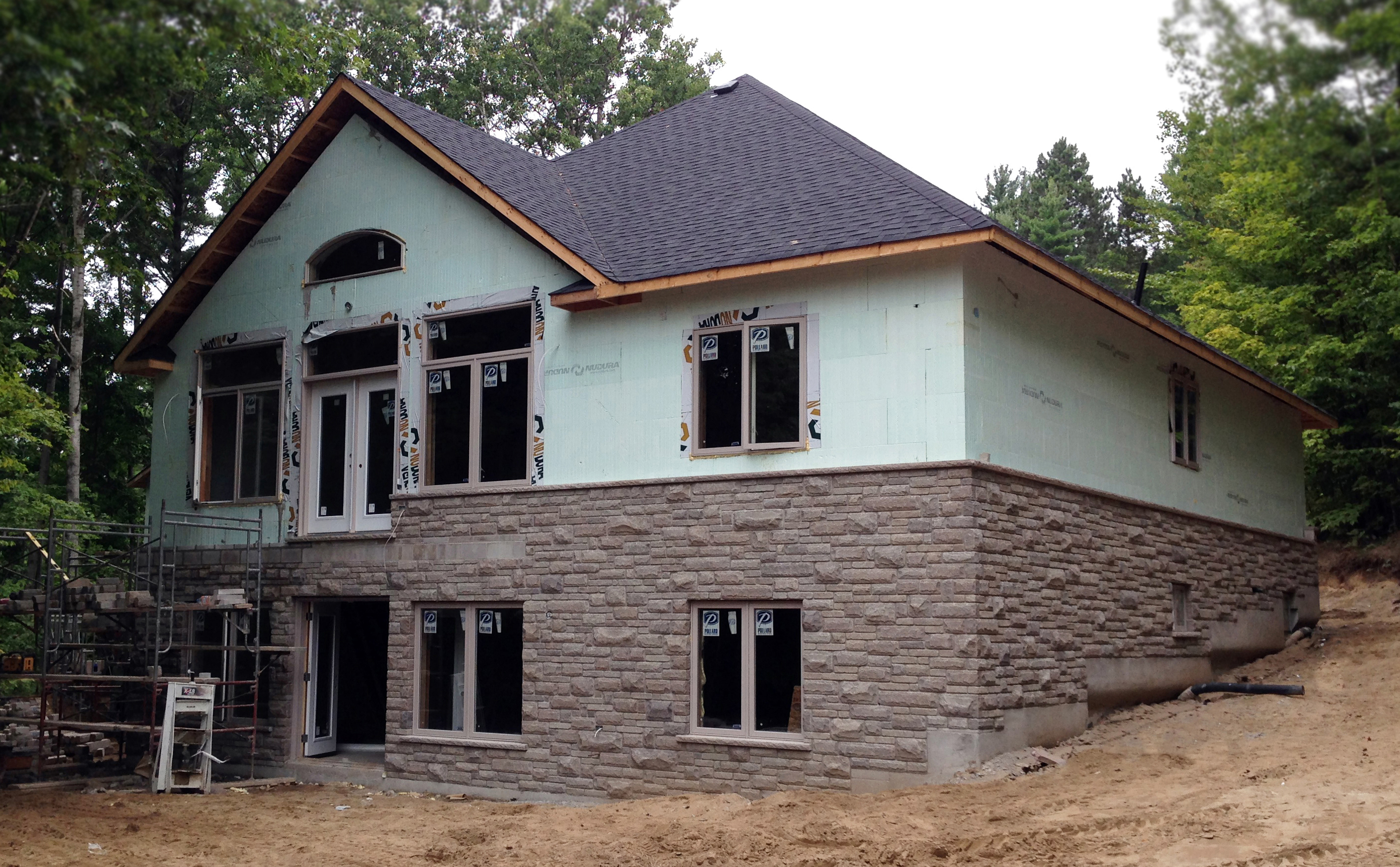Solid from bottom to the top: How to provide a strong foundation for your new home
The foundation is the most important part of a new home construction. Its solidity and durability will define the structural load it can withstand. It also serves to make sure the load is spread out evenly, preventing any kind of uneven settlement. Solid and well-built, it offers a firm bed for construction, improving the stability of the whole structure. Various systems and materials are used to build foundations, but all have to adhere to certain basic criteria. For instance, you have to consider the type and bearing capacity of the soil you are going to build your house on. Settling, water, and frost are equally important aspects that should help you decide what type of material you are going to use and how. A solid foundation will offer a stable home for years. Foundations made with ICF are durable and energy-efficient Initially, concrete foundations were made by pouring concrete into temporary forms. Once the concrete was cured, it was removed from the forms. Over the past few decades, insulated concrete forms, also known as ICFs, have emerged as an innovative building material in the construction industry deemed the highest strength level reached with concrete. According to Keven Rector of NUDURA, [...]













